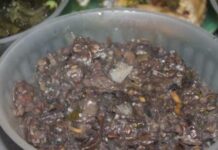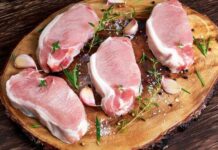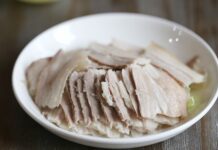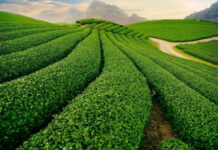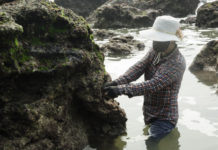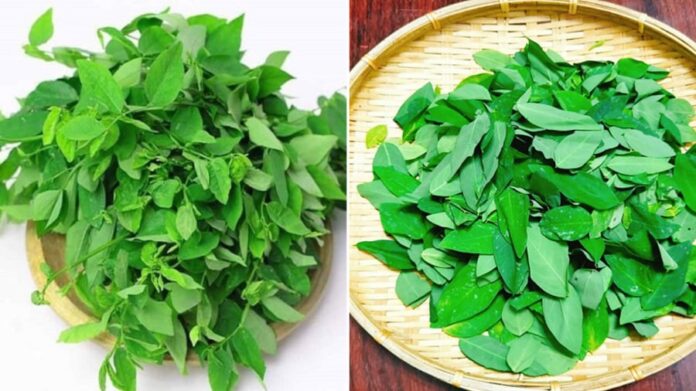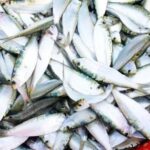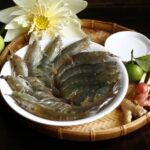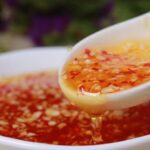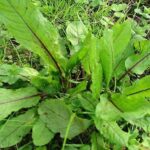Water Celery, or Rau Ngót in Vietnamese, is a familiar vegetable in Vietnamese cuisine. Typically, this vegetable is boiled or used in soups. When preparing dishes with water celery, it is common practice to crush the leaves. But why is this done?
In reality, the leaves of water celery are covered in a super-fine layer of hair that is difficult to see with the naked eye. This layer of hair helps maintain the natural moisture of the leaves, preventing them from wilting.
When washing the vegetable, simply rinsing it with water will not effectively remove dirt and impurities, which tend to stick to the fine hairs. Hence, it is recommended to gently squeeze small handfuls of the leaves while washing to remove dirt and impurities more easily without losing the leaves in the water.
After washing and draining the water celery, you can gently crush the leaves. Then, wait for the water to boil before adding the vegetable. Crushing the leaves releases the natural sweetness of the vegetable, making the soup tastier. This is because water celery contains glutamate and aspartate, two amino acids that create umami flavor.
Although the umami flavor is not as strong as that produced by meat or certain types of mushrooms, properly crushing and cooking water celery will enhance its natural sweetness. Combining water celery with ingredients like lean meat, dried shrimp, bones, or field crabs further enhances the flavor and sweetness of the soup.
Additionally, crushing water celery before cooking helps the vegetable absorb flavors more quickly, soften, and become easier to digest.
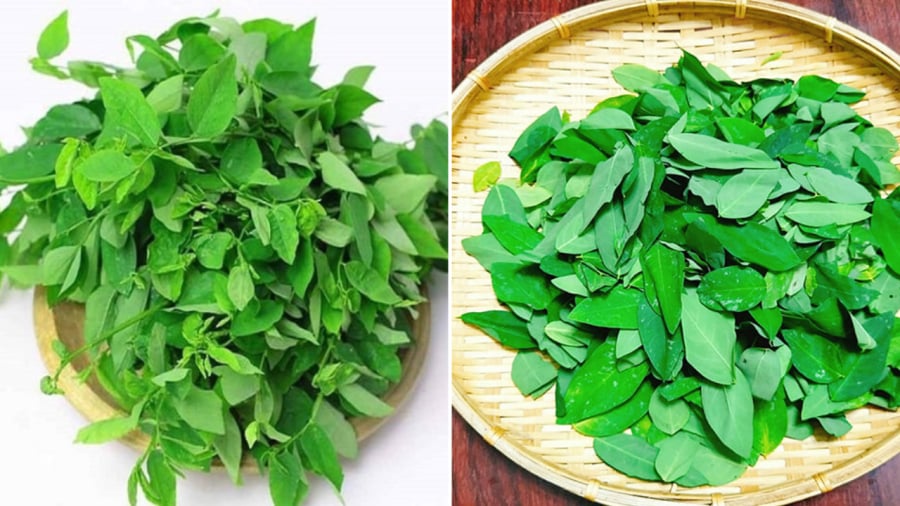
Some people worry that crushing vegetables leads to a loss of nutritional value. However, significant nutrient loss only occurs when the vegetable is prepared incorrectly.
It is recommended to gently squeeze the water celery when washing to remove surface impurities. After rinsing, allow the vegetable to air dry. Boil a pot of water and just before adding the water celery, crush the leaves. This step is crucial as it helps retain the vegetable’s nutritional value. Water-soluble vitamins like vitamin C may be slightly reduced due to oxidation when exposed to air. Therefore, crushing the leaves just before cooking minimizes this impact.
Moreover, water celery is rich in fiber, minerals, and beneficial plant compounds like flavonoids and saponins. Essentially, these compounds are not lost but remain in the soup. Crushing the leaves before cooking also helps release and dissolve these beneficial compounds in the water, making them easier for the body to absorb.
In conclusion, remember to crush water celery just before adding it to the pot. When serving, consume both the vegetable and the soup to maximize its nutritional benefits. Do not crush and then rinse the vegetable, as this will wash away valuable nutrients, and potentially allow harmful substances to be absorbed.
The Unsung Hero of Vietnamese Waters: A Nutritional Treasure Trove, Right Under Our Noses.
Herring is a type of fish that is very familiar to the Vietnamese, especially those in the coastal provinces of Central and Southern Vietnam. This humble yet nutritious fish has been a staple in the diets of many locals, with its versatile nature allowing for a variety of delicious dishes. From the fresh and tangy sour herring soup to the savory and aromatic grilled herring, this fish has found its way into the hearts and culinary traditions of the region.











